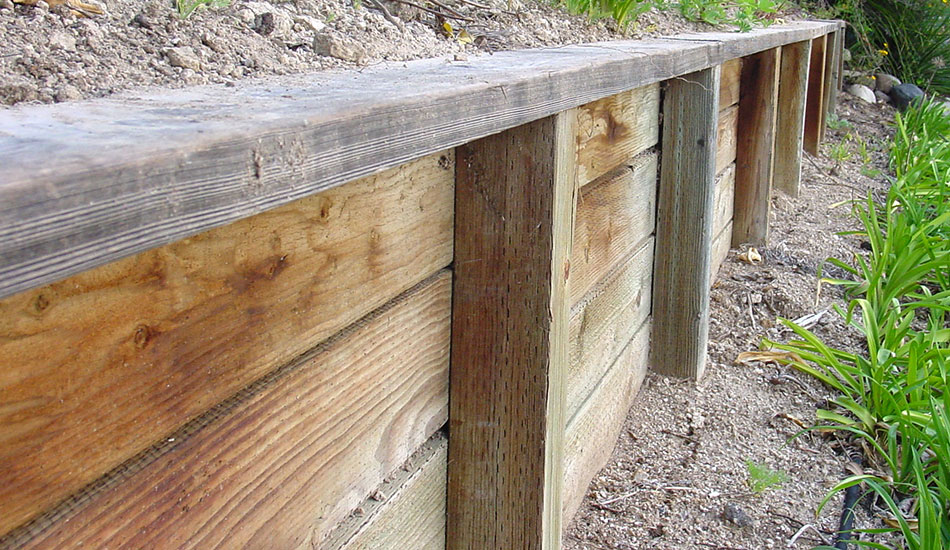Zones are your retaining wall specialists
Retaining walls are a great way to enhance your property's street view and keep things look tidy.
Contact UsGet free renovation guideDesigns need to be engineered to take into account structural, geotechnical and hydraulic factors. Zones will make sure your wall complies with building and/or resource consent regulations.
Client case studies

Gravity
Gravity walls hold the earth back by their own weight. Planning the style of a gravity retaining wall will come down to what is being retained, as well as your budget and soil conditions. It’s also important to establish if it will require council consent and/or engineering design. Talk to us to discuss your options and ideas.

Piling or Post
This type of retaining wall uses long posts or piles that go into the ground and the wall is then held by the soil. To resist earth’s pressure you need strong piles. Generally, piles go down as deep as the wall’s height. But once over 1.5 metres high, things change and it also requires a building consent. Contact us to find out if this is the right retaining wall type for you.

Cantilevered
Using less material than a traditional gravity wall, the cantilevered wall is made from steel-reinforced concrete or mortared masonry. The shape of the cantilever retaining wall is like a backward ‘‘L’‘. In cantilevered walls, the balance between the horizontal pressure of the soil on the wall and the vertical pressure on the lever is vital. Contact us for more information on this type of retaining wall.

Anchored
Anchored retaining walls have cables deep into the soil (both top and bottom of the wall) and are used for holding very high soil pressure. Technically, an anchored retaining wall can be constructed in any of the above styles. Talk to us today about your next anchor retaining wall project.

Stone Clad
Real-stone cladding can bring outdoor areas to life at a lower cost, less time and less hassle than building a full stone clad wall. Options include schist-clad panels or individual stone pieces (natural stone cut thin) which have been glued on to a fibre-cement sheet. Is a stone clad wall the ideal solution for your home? Contact us for a free consultation today.

Gabion
Gabion stone walls are an attractive and functional choice made from galvanised steel mesh filled with stone, brick or concrete. These walls can be made as practical or as pretty as you like because gabions can be filled with stones of all shapes and colours. Gabion walls can be a good solution in hard soil where timber piles will be difficult. Discuss your options with us today.

Concrete
Concrete retaining walls are gravity based, built up on a concrete foundation by stacking or interlocking. Longevity is the key advantage with concrete compared to wood. Some of the most popular options available include traditional grey 300x150 mm blocks and plastered blocks. Contact Zones to find out if concrete retaining walls are right for you.

Timber
Timber is most common and often the lowest cost option for retaining walls. While timber won’t have the same durability as stone or concrete, a well-built retaining wall with strong piles should look good and stay strong for decades. The price range will depend on the board size used and how far the posts are spaced apart. Contact us to get your retaining wall started.
From Concept to Completion
Our proven 5-step process was designed to help ensure outdoor renovation and landscaping projects are delivered on time and within budget.
You’ll always feel in control
Our 5-step process was designed to keep homeowners informed. Whether it’s through conversations with your Landscaping Consultant or by checking into our intuitive customer portal, you’ll always be able to track your project’s progress.
You’re supported by professionals
Your Landscaping Consultant will guide you through the process and liaise with the team on your behalf so you can relax and enjoy the process, knowing that you're supported by industry experts.
Customer Testimonials
Where are we?
We have landscaping specialists nationwide, find one near you.









